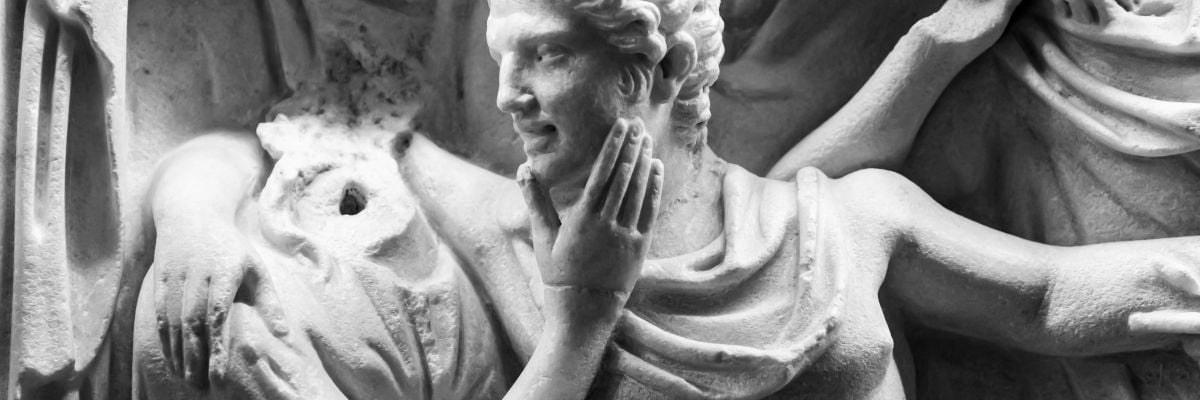
Question:
Answer:
You have been misled about basic historical facts by anti-Catholic propaganda. Some clarifications:
The Council of Chalcedon was held in the fifth century, not the eighth, and did not deal with sacred images at all. There was a synod around 753 that did deal with sacred images, but in the first place, it was held in Constantinople, not Chalcedon. In the second place, while this synod was convened by a Constantine V, and while this Constantine V did oppose sacred images, he wasn’t a pope, or even a clergyman—he was the Byzantine emperor. There has never been a Pope Constantine V; only one pope has been named Constantine, and he died in 715.
The pope in 740 was St. Gregory III. It is emphatically not true that he condemned sacred images—on the contrary, he vigorously defended them. In 731 Gregory III held a synod in Rome which condemned the image-breaking heresy of Iconoclasm. In fact, Gregory III made a special point of honoring images and relics as a way of protesting Emperor Constantine V’s iconoclast efforts and persecution of those who honored sacred images. (Many devout Christians were put to death for refusing to desecrate sacred images.)
As for the so-called synod of Constantinople convened by Emperor Constantine, even before it was held it had already been rejected by the reigning pope as well as the Eastern patriarchs of Alexandria, Antioch, and Jerusalem. These patriarchs, together with the pope, refused to attend the emperor’s synod or to send legates in their places, since it was clear that the synod was merely a tool of the emperor and that the bishops were expected to simply endorse his iconoclast agenda.
Less than 50 years later, the seventh ecumenical council, Nicea II, which upheld the use of sacred images, rebutted this “mock synod” or “pseudo-synod.”
The erroneous “facts” you mention can easily be “documented” from numerous anti-Catholic websites, all of which are merely repeating claims they’ve read from other anti-Catholics without having verified them first. In their zealous hostility against the Church, anti-Catholics often ride roughshod over the most basic historical and theological points, and constant vigilance is necessary to straighten out the facts before you can even begin to address underlying theological errors.
If you’re reading arguments from someone who thinks that Constantine V was a pope rather than an emperor, or that Gregory condemned sacred images rather than defending them, don’t rely on anything that individual says. Do some homework, and don’t just take claims like this at face value.


